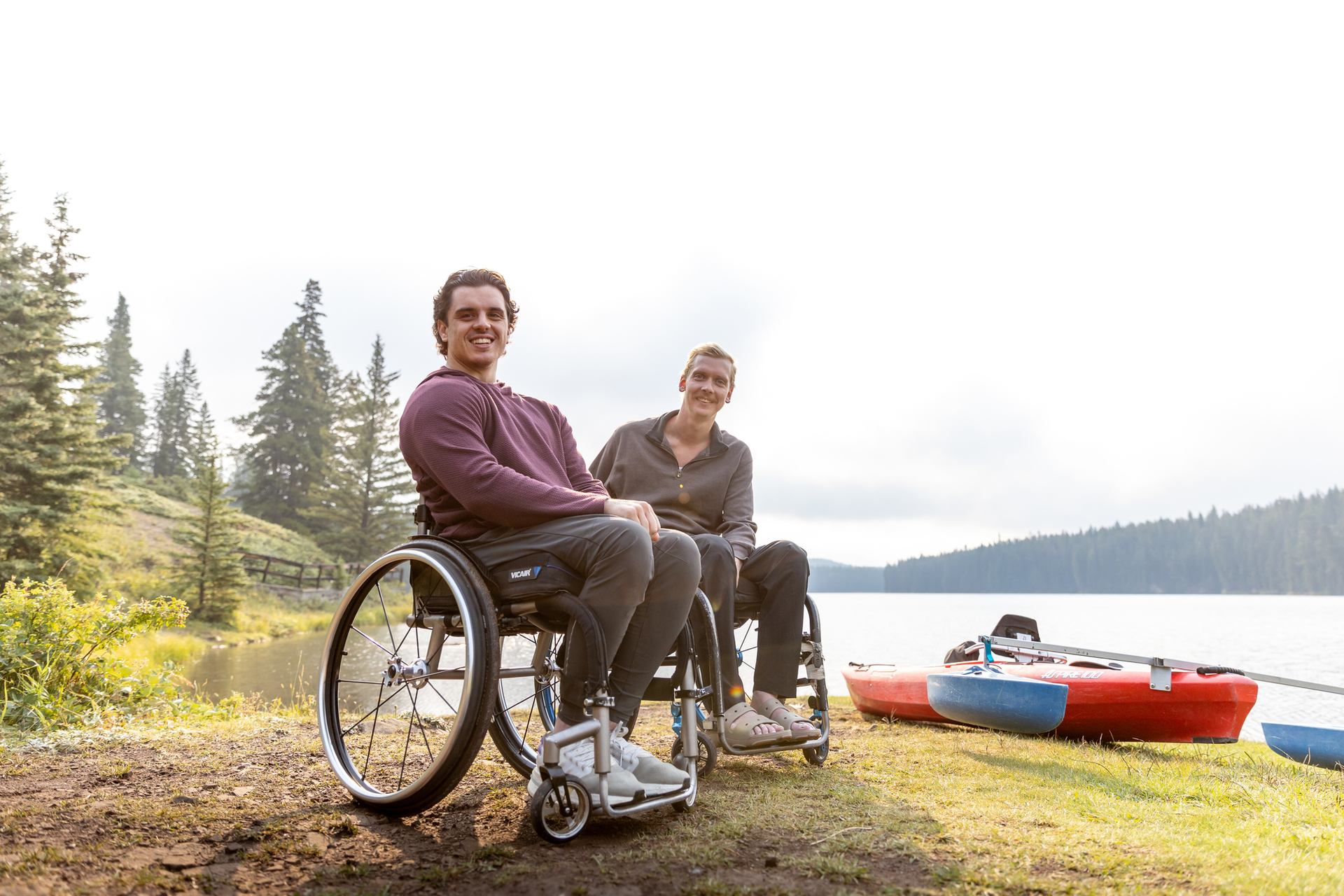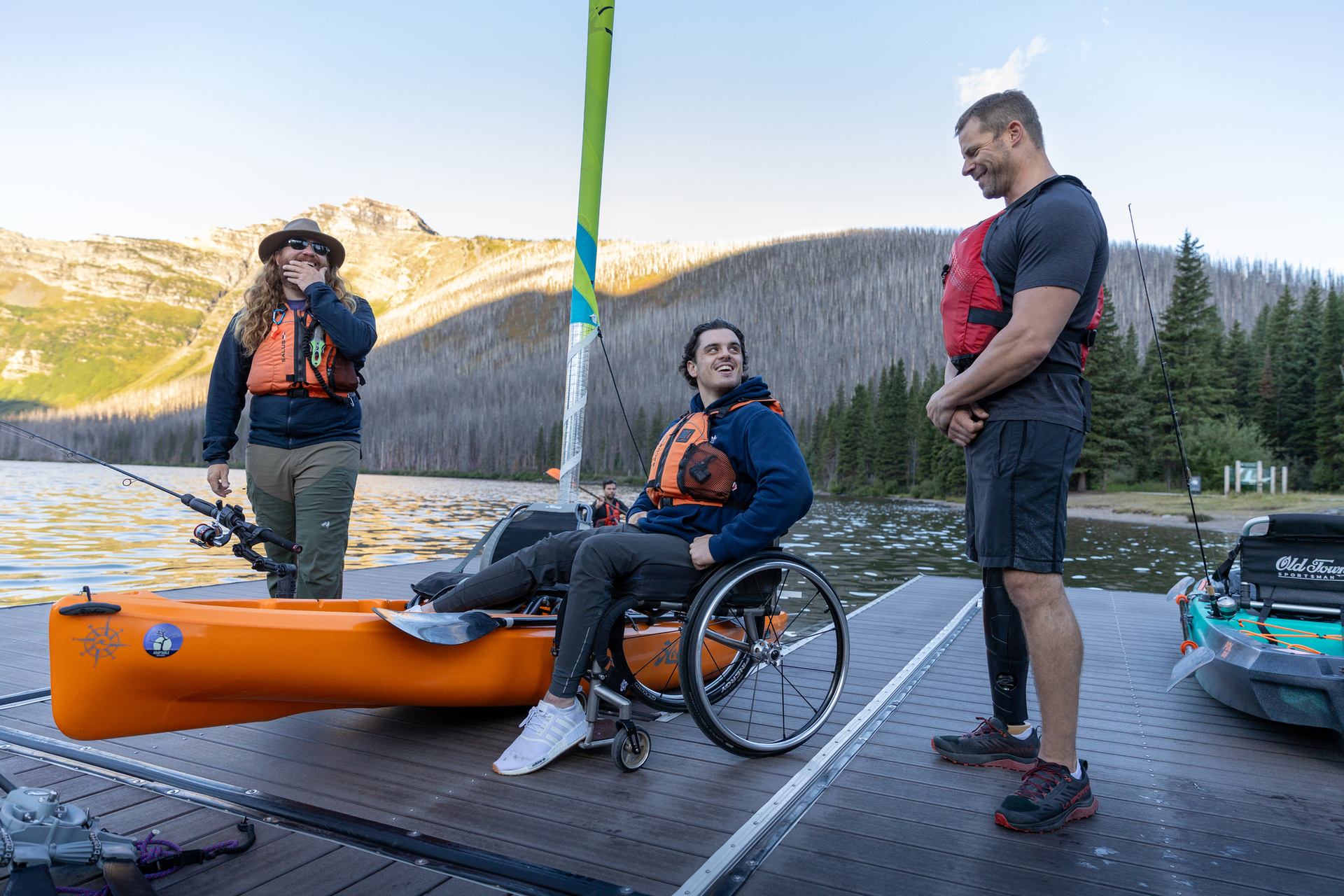Olympic hopeful Ryan Straschnitzki gained a new sense of perspective after a serious injury sidelined his budding hockey career. In the five years since a highway collision left him paralyzed from the chest down, the Alberta athlete has become a prominent advocate and fundraiser for adaptive sport through his Straz Strong Foundation.
The twenty-four-year-old took a break from his busy schedule to enjoy time outdoors with some friends and explore different corners of the province. He spoke with Travel Alberta about travelling as a wheelchair user and how accessible design can improve experiences for all travellers.
Now, in a new inspirational video series, Ryan is showing the world the accessible outdoor adventures you can have around Alberta. In each episode, Ryan and his guests try out different adaptable activities, showing those living with accessibility needs the vast possibilities they can experience in Alberta.
To watch the full series visit www.youtube.com/travelalberta






